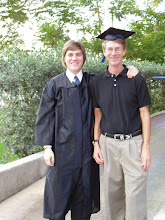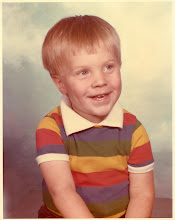
Lung bifurcations are all the rage at VCU this summer. There are several PhD students working on different aspects of this project, and I was lucky enough to avoid these complicated structures for a while. Unfortunately, my project got bogged down waiting for part-orders to arrive, so I was handed my own little segment of the bifurcation drama. These models are all being constructed in a CAD package called Gambit, and Gambit is really just the design structure for a CFD (Computational Fluid Dynamics) system called Fluent. Design for CFD requires building the negative space of a structure since the model is really meant to study the fluid in the structure. Hyper-accurate measurement of the trachea and the fist few bifurcations are used to build the fluid volumes, then the real work begins. For CFD to be effective, the volume must be broken down into tiny cells called a mesh. Each cell in the mesh usually takes on a regular geometric shape like a solid polygon where each vertex (corner) of the polygon forms a node. Specific information about flow conditions (boundary conditions) are calculated at each node, and the whole set of nodes forms a massive matrix equation. Luckily, we build the model, but the software solves the matrix. In high school algebra, most people solve simple linear matrix equations, but these matrices are usually higher order, nth degree differential equations.
If you are having a hard time reading this than you should pity those of us who took Finite Element Analysis, for these cumbersome equations are solved by hand in the FEA class. Nightmare.
Anyway, my portion of this project was adding a ribbed-shape to the tracheal section before the lungs. This slight change in geometry has the potential to create a very noticeable change in the behavior of the fluid (air) traveling through the lungs. We'll see what the model tells us pretty soon! Here's a close-up of what I've done thus far. I sent these images to Sonya, and she said, "Gross!" I sent these same images to my dad, and he said, "at first, I thought this was a cobra."


.jpg)

